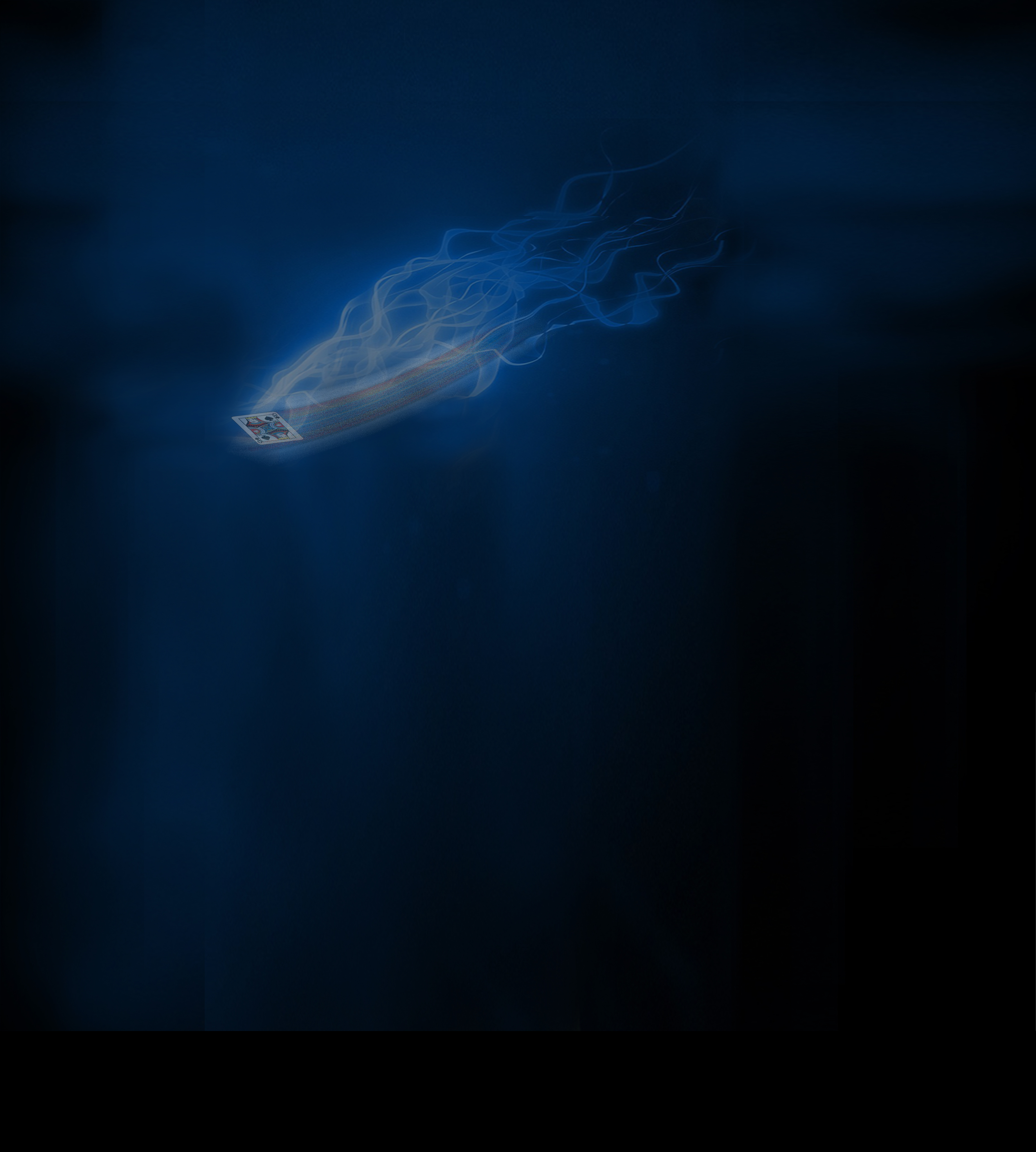Q: How did the idea for the book come about?
A: It was something that nudged at me from many directions. At the time, I was living in Berlin with my wife, Hilary O'Neill. We were there for nearly fifteen years. The wall was down and Germany was immersed in re-unification. Hilary is a concert singer and we travelled quite a lot throughout Germany. As a result, I came to learn some of the stories of people surviving after the war, on both sides of the iron curtain. The troubles of a divided city. The threat of nuclear war. I also came to learn something of the immense depth of culture of the country, especially Berlin – a city of artistic genius, rich in art treasures, antiquity and music.
Q: Stolen art is a huge topic, you must have done a lot of research. Where did you start?
A: Talking to people, reading books, the internet of course, plus I was fortunate to be given access to files in the organisation known as the Lost Art Foundation. This authority was set up by the German government soon after the wall came down in 1989. Its charter is to re-unite looted cultural assets with their rightful owners.
Q: Restitution.
A: Yes. A rather formidable undertaking, given that the Nazis had pulled off the greatest arts heist in history.
Q: You're an Australian author, so what can you tell me about the Australian content in the book?
A: Apart from a few flashback scenes in Australia, the story is mostly set in Germany and the UK. However, the main character is a young Australian man, and by virtue of his upbringing carries with him something of the essence of the Australian larrikin.
Q: That seems a long distance from Nazi stolen art.
A: It is, but the parameters converge as the story progresses. In actual fact the young man isn't Australian by birth. He was found abandoned as a baby in a church in the UK, and adopted by an English couple who soon after emigrated to Australia. Alex is his name. He's a bit of a wildman, street-wise and driven. When the story begins, he's in his early twenties, and he's on a mission find his origins.
Q: I see Alex is also described as a stuntman, a magician. Looking at your background, is there a connection - something of the author in the main character?
A: In a minor way, perhaps. I'm sure some aspects of a writer must leak through into their characters to some degree. But I must say in great respect to Alex, he's a much better magician than me.
Q: And another main character?.
A: Foremost is a woman called Petra von Oberlinger. She's German arts-law barrister with a great passion for the restitution of stolen art.
Q: Characters appear to be a strong point in this book. The way you etch them - it brings a sense of theatre to the story. Is that in some part due to your background as a performing artist?
A: I am sure that is true. Although, I think the process for me is more innate than conscious. I have been a puppeteer and a mask performer for much of my life. I am used to being inside my characters. So in conceiving them, I guess I build them from the inside out.
Q: Back to the story, I get the sense that provenance is the key to both Alex's quest, and that of the restitution of stolen art.
A: Yes. One on a deep personal level, the other on a global scale.


